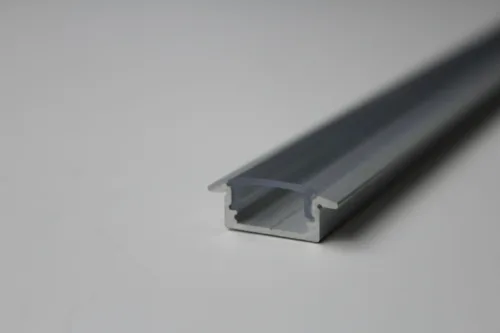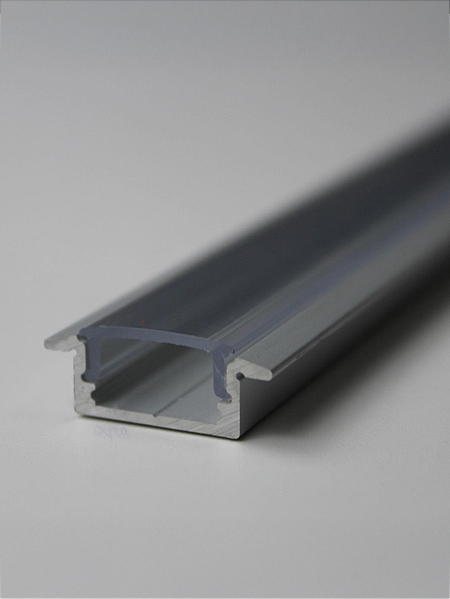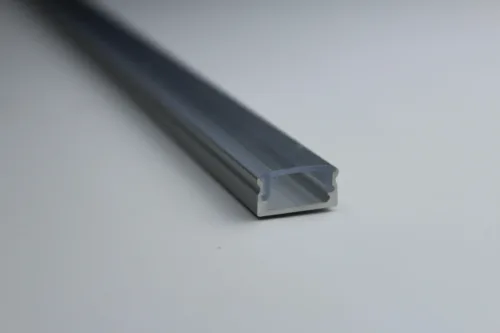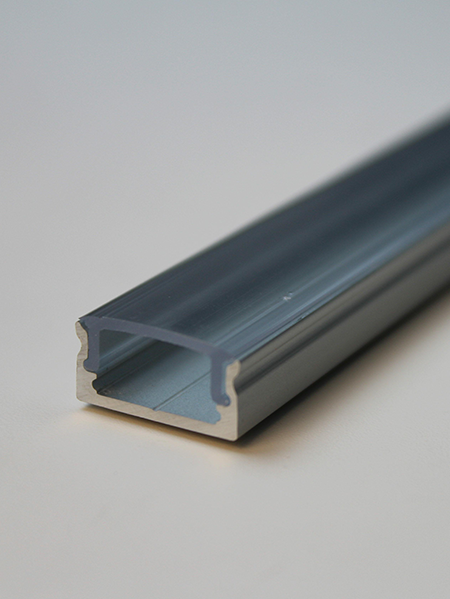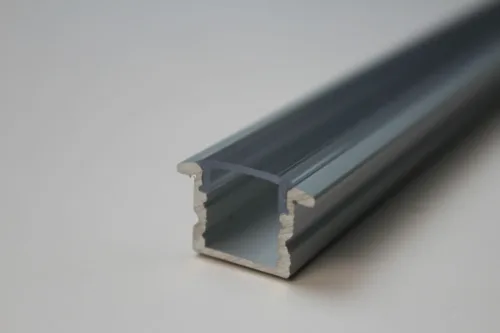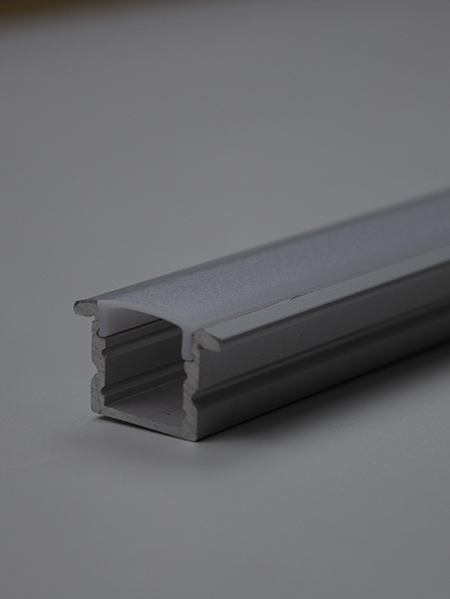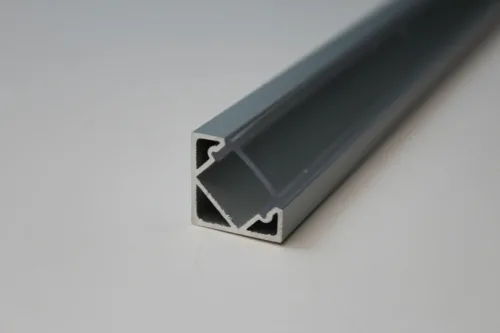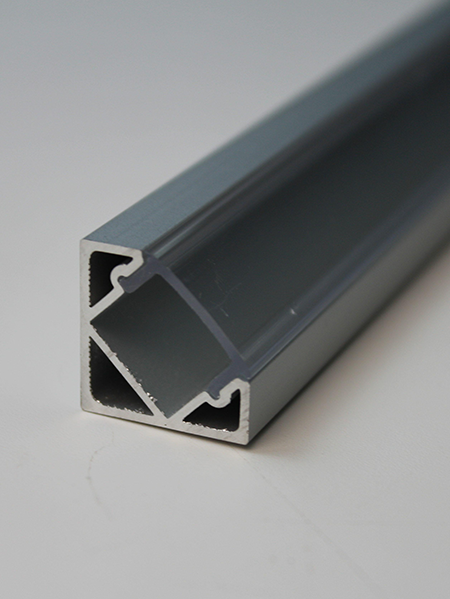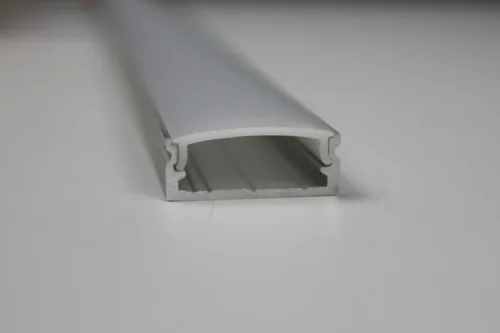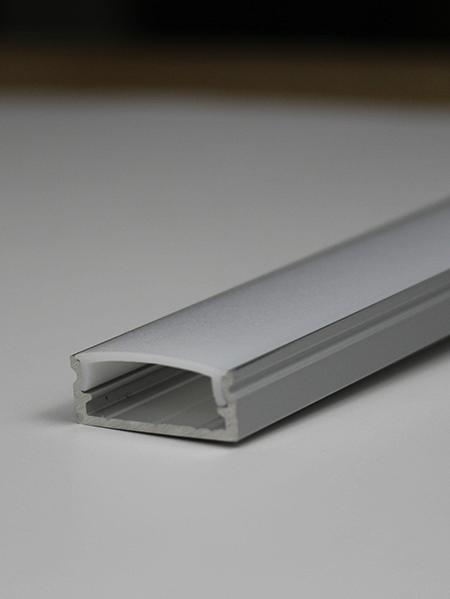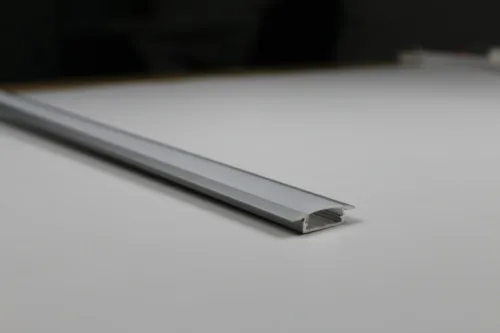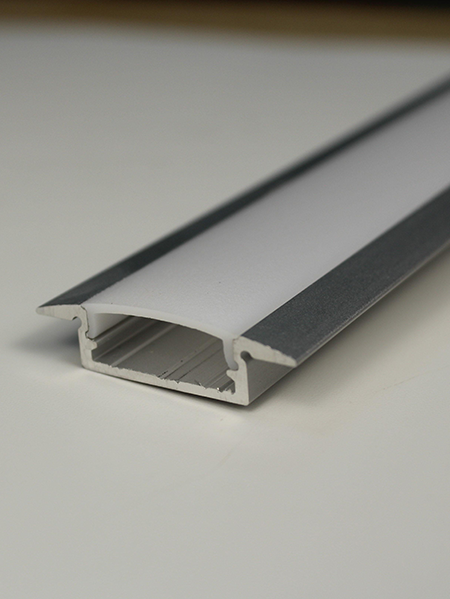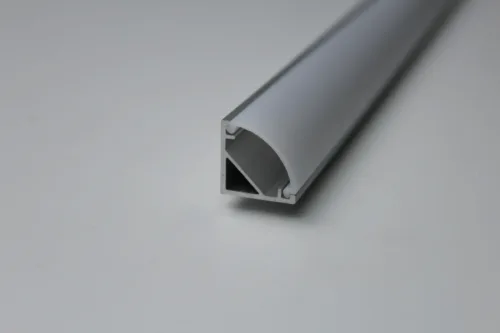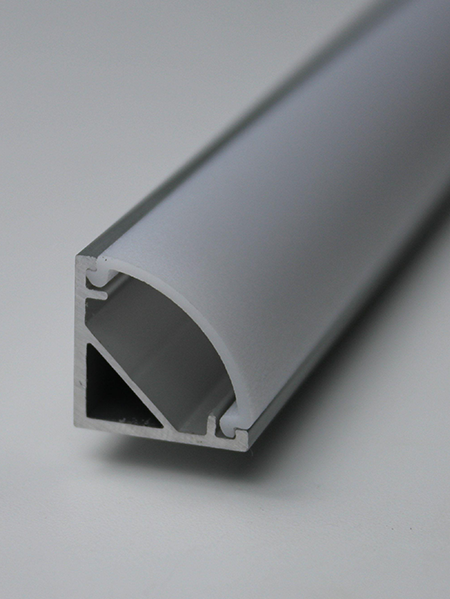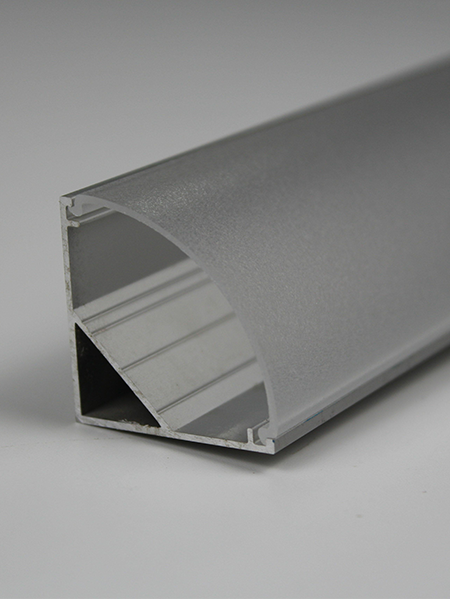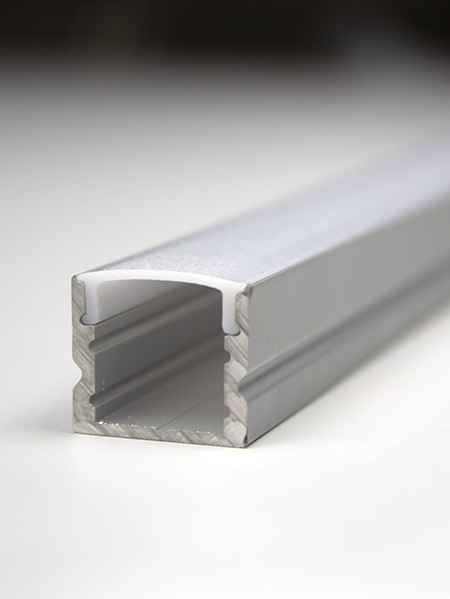LED Lighting Profiles
LED Lighting Profiles are sleek and durable aluminum channels designed to house and protect LED strips while enhancing their performance and aesthetics. These profiles provide superior heat dissipation, ensuring the longevity and efficiency of LED strips, while their optional clear, frosted, or milky covers diffuse light for a smooth, glare-free glow. Perfect for both residential and commercial applications, LED profiles offer versatile installation options, including recessed, surface-mounted, and corner-mounted styles, seamlessly integrating into architectural designs. Ideal for accent lighting, display illumination, and task lighting, these profiles deliver a polished, professional finish that elevates any space.
LED Profiles for Lighting
LED Lighting Profiles: The Perfect Blend of Functionality and Aesthetic Appeal
LED Lighting Profiles, or LED extrusions or channels, are versatile solutions designed to house and enhance LED strip lighting. Crafted from premium anodized aluminum, these profiles protect LED strips from dust, moisture, and physical damage and elevate the visual appeal of any lighting installation. Whether for modern residential spaces, retail environments, or industrial settings, LED Lighting Profiles deliver superior performance and unmatched style.
Benefits and Advantages
- Enhanced Durability: Encasing LED strips within the robust aluminum profiles ensures long-term protection from external elements, extending the lifespan of the LEDs.
- Improved Heat Dissipation: Aluminum construction efficiently dissipates heat, preventing overheating and maintaining optimal performance.
- Seamless Integration: Profiles conceal LED strips and wiring for a clean, polished appearance, enhancing a space’s overall aesthetics.
- Customizable Lighting Effects: Paired with diffusers available in clear, frosted, or milky finishes, these profiles offer customizable light diffusion to suit any ambiance—from vibrant task lighting to soft accent illumination.
- Versatility: Suitable for various applications, including under-cabinet lighting, cove lighting, display cases, stairways, and architectural features.
Styles and Mounting Options
- Recessed Profiles are ideal for flush installations in walls, ceilings, and furniture, creating a minimalist, streamlined look.
- Surface-Mounted Profiles: These profiles are perfect for mounting on flat surfaces like desks, shelves, and walls, providing easy installation and high visibility.
- Corner Profiles: These LED lighting profiles are explicitly designed for 90-degree angles and are perfect for illuminating corners in rooms or displays.
- Custom Widths: These are available in various sizes to accommodate LED strips, from narrow decorative strips to high-output functional lighting.
Key Applications
- Residential Spaces: Enhance kitchens, living rooms, and bedrooms with under-cabinet lighting, cove accents, or stair illumination.
- Retail and Commercial: Highlight products in display cases, create inviting atmospheres in retail spaces, and deliver professional lighting in offices.
- Industrial Use: Provide robust and efficient task lighting in workshops, warehouses, and other demanding environments.
LED Lighting Profile Extrusion: An All-Inclusive Handbook
Essential elements utilized to improve and safeguard the performance of LED strip lights are LED lighting profile extrusions, sometimes called LED aluminum channels or LED strip housings. These profiles improve aesthetics, heat dissipation, and light diffusion by offering a neat, businesslike finish. LED profiles, which come in many forms and sizes, find extensive use in industrial, commercial, and household lighting projects.
Types of LED Lighting Profile Extrusions
Diverse LED profiles fit diverse illumination requirements using their designs. The most often occurring categories are shown below:
1. Surface-mounted LED profiles
These are the most common forms, designed for direct installation on surfaces like walls, ceilings, cabinets, and furniture. They provide a neat, professional look and offer a simple approach to installing LED strips.
2. Recessed LED Profiles
These profiles fit surfaces like furniture, walls, and ceilings. They are perfect for architectural and modern interior design because they offer a flawless lighting effect.
3. Corner LED Profiles
Designed for installation in angles and corners, these profiles offer innovative lighting solutions for kitchens, show cabinets, and under-counter areas.
4. Suspended LED Profile Views
These profiles hung from ceilings using wires or mounting brackets, provide a chic and contemporary lighting option for workplaces, businesses, and decorative lighting applications.
5. Round tube LED profiles
These profiles create a diffused lighting appearance, often employed in ornamental projects. They are ideal for pendant lights, handrails, embedded lighting, and other cylindrical uses.
6. Floor and Stair LED Profiles
These profiles, meant for heavy-duty use, are buried in the floor, stairs, or path to create illuminated passageways and improve safety.
How LED Lighting Profiles Work
LED profiles act as protective housings for LED strip lights, improving heat dissipation and providing mechanical protection. They usually comprise an aluminum extrusion channel holding the LED strip, a diffuser cover softening the light, and end caps producing a polished appearance. Additionally, some profiles include mounting components for simple installation.
An LED profile consists essentially of three elements:
- Acting as a heat sink, aluminum extrusion extends the LED’s lifetime.
- Made from polycarbonate or acrylic, diffuser covers help diffuse light, lower glare, and achieve a consistent lighting appearance.
- Mounting Brackets and Clips to fasten the profile on surfaces. Finish and protect the LED strip inside the profile using end caps and connectors.
Advantages of using LED Lighting Profile
1. Improved Presentation
High-end lighting designs are suited for LED profiles since they hide LED strips and wiring, presenting a professional and neat appearance.
2. Enhanced Heat Distribution
The aluminum enclosure guarantees a longer lifetime by effectively dissipating heat, preventing LEDs from overheating.
3. Equipped Light Distribution
Ideal for ambient and job lighting, diffuser covers remove challenging areas and produce smooth, even illumination.
4. Safety and Durability
By extending their lifetime, LED profiles shield LED strips from dust, moisture, and physical harm, ensuring your investment is secure and your lighting system is durable.
5. Adaptable Choices for Installation
LED profiles with diverse mounting techniques allow for recessed, surface-mounted, and suspended installations, among other uses.
6. Versatility and Customizing
From domestic illumination to commercial uses, LED profiles offer a canvas for your creativity. Their various forms, sizes, and finishes can be tailored to fit your particular project needs, giving you the power to create unique and stunning lighting designs.
How to install LED profiles?
LED profiles are designed for easy installation and require only a few tools. This step-by-step guide will give you the confidence to install your LED lighting system with ease.
Step 1: Compile the needed tools
- LED strip
- Aluminum profile extrusion for LED lighting
- Cover using diffusers
- Mounting brackets or clips
- Capsends at ends
- Controller (if relevant) and power supply
- Measuring tapes and cutting instruments
- Drill and screws—should the installation be necessary—in keeping with
Step 2: Measure and cut
Using a hacksaw (for the aluminum) and scissors (for the LED strip), measure the installation area and cut the LED profile and strip to the necessary length.
Step 3: Mount the LED profile
To fasten surface-mounted profiles onto the intended surface, use mounting clips and screws.
Cut a slot in the surface, then insert the profile and fasten it with mounting or adhesive brackets for recessed profiles.
Attach hanging cables or brackets to hang suspended profiles from the ceiling.
Step 4: Lay the LED strip
Peel the LED strip’s adhesive backing and place it inside the profile. Verify that the strip is centered for consistent light distribution.
Step 5: Attach the Cover for the Diffuser
To light the LED strip uniformly and guard it, snap or slide the diffuser cover onto the profile.
Step 6: Link to Power
Connect the LED strip to a power supply or controller to guarantee proper polarity. Secure links can be made using soldering or LED strip connectors.
Step 7: Installation
Turn on the LED lights to check for appropriate operation. If necessary, change the arrangement or fasten flimsy parts.
Final Thoughts
Any LED strip lighting arrangement would benefit from the extra aesthetics, durability, and effective heat dissipation that LED lighting profile extrusions offer. Surface-mounted, recessed, corner, and suspended profiles, among other forms, let these extrusions provide flexible solutions for many lighting uses. Correct installation guarantees the best performance and lifetime, so LED profiles are necessary for contemporary lighting designs.

